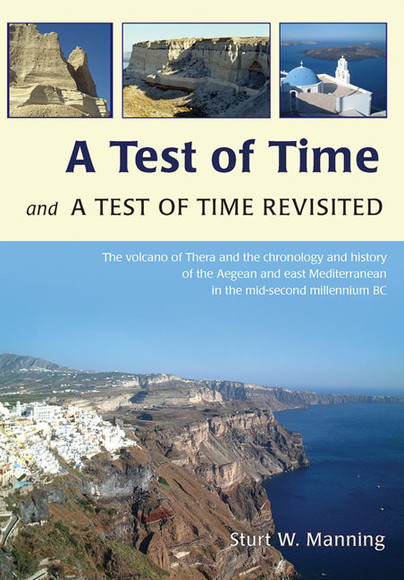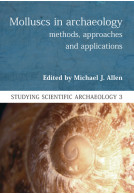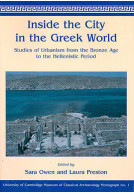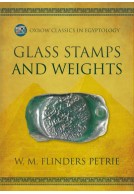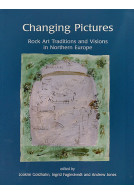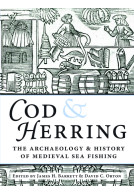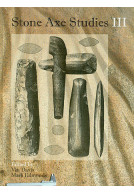A Test of Time and A Test of Time Revisited (Hardback)
The Volcano of Thera and the Chronology and History of the Aegean and East Mediterranean in the mid Second Millennium BC
Imprint: Oxbow Books
Pages: 672
ISBN: 9781782972198
Published: 16th April 2014
Script Academic & Professional
Pages: 672
ISBN: 9781782972198
Published: 16th April 2014
Script Academic & Professional
You'll be £48.00 closer to your next £10.00 credit when you purchase A Test of Time and A Test of Time Revisited. What's this?
+£4.99 UK Delivery or free UK delivery if order is over £40
(click here for international delivery rates)
Order within the next 7 hours, 47 minutes to get your order processed the next working day!
Need a currency converter? Check XE.com for live rates
(click here for international delivery rates)
Order within the next 7 hours, 47 minutes to get your order processed the next working day!
Need a currency converter? Check XE.com for live rates
The eruption of the Thera (Santorini) volcano in the Aegean Sea in the mid-second millennium BC was a clearly defined, specific moment in Aegean and east Mediterranean prehistory that impacted on all the major cultures of the region. The effects of the eruption have been linked with the destruction of the Minoan palace civilisation of Crete, the legend of Atlantis, and even events described in the Biblical account of the Exodus. Scientists have studied the remains of the volcano and traced eruption products and far-flung climatic impacts throughout the east Mediterranean and in ice cores and tree-ring data. At Akrotiri, a major prehistoric town buried by the eruption, archaeologists unearthed the partially intact remains multi-storey buildings, painted frescoes and myriad objects of everyday life. The date of the eruption has long been a subject of importance and controversy since accurate dating would offer a unique linchpin for the study and synchronisation of the history and cultures of the region in the mid-second millennium. It would provide a key test both for the established historical chronology of ancient Egypt and derived archaeological chronologies. Yet the exact date remained stubbornly unresolved and varied in the literature by over 100 years.A Test of Time, first published in 1999, sought to resolve the issue through a critical review of the archaeological and scientific data, including the presentation of radiocarbon dates, which together suggested a new ‘early’ chronology for the Aegean c. 1700–1400 BC. This edition comprises the original, unrevised text, together with a substantial new appended essay which critically reviews the continuing debate between 1999 and 2012 and presents a raft of new scientific data, including the Bayesian modelling of radiocarbon dates relating to a range of relevant archaeological sequences from Egypt and the eastern Mediterranean.
Other titles in Oxbow Books...







